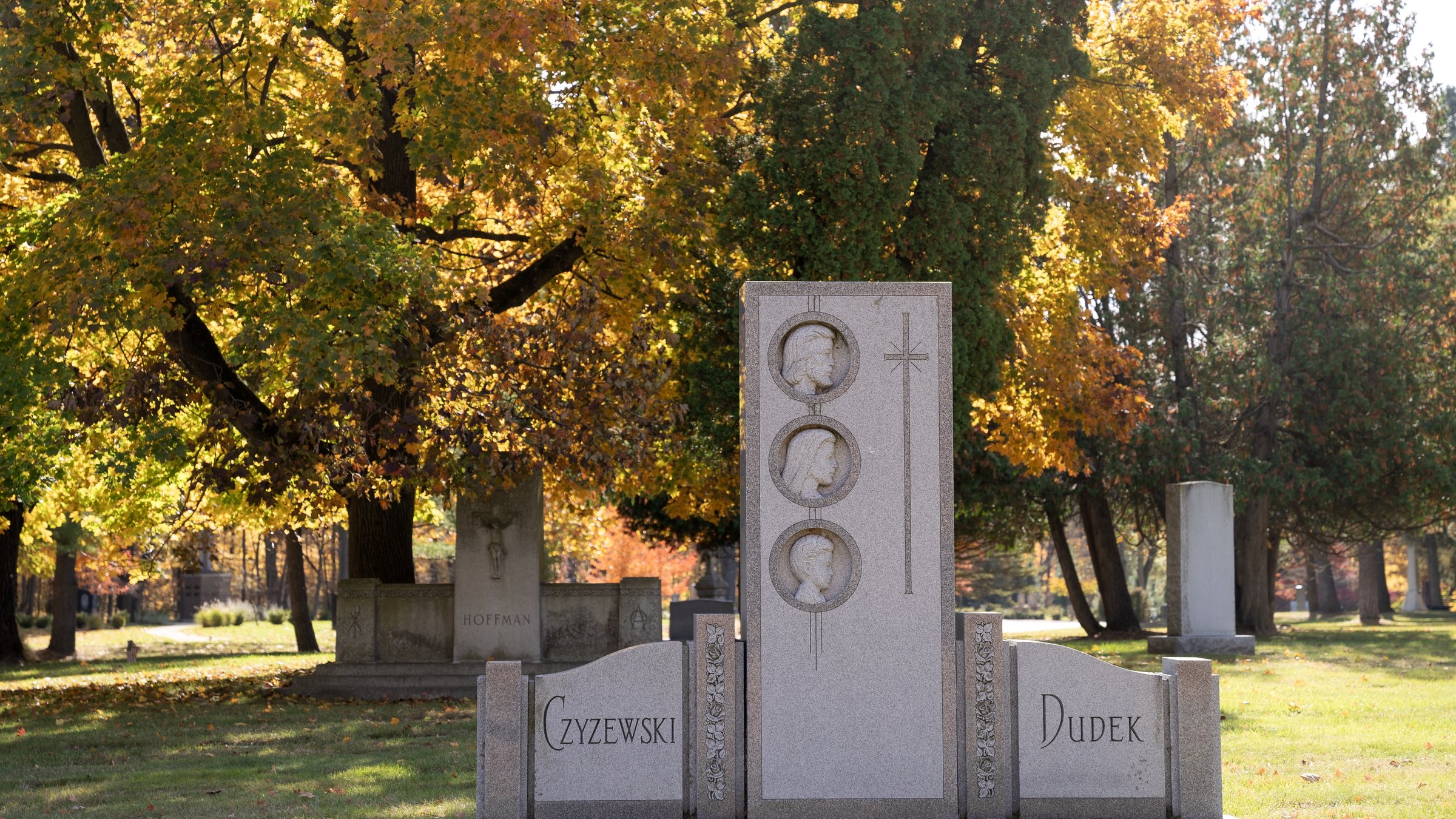Headstones, mausoleums, monuments and niches each tell stories of the lives they mark, call the living to prayer and reflection
SOUTHFIELD — In the Catholic Church, November is recognized as the month of All Souls, a time set aside to remember, pray for and memorialize the faithful departed.
For many, that means visiting a cemetery, where the final resting place of a loved one can bring comfort and inspire faith and memories of a life well lived.
More than 100,000 burials have taken place on the peaceful 370 acres at Holy Sepulchre Cemetery in Southfield, marked by headstones dating back to 1928. While headstone markers make it easier for loved ones and family members to find the deceased’s final resting place, they also serve as a powerful memorial and testament to life.
“One of the first questions that any family service adviser would ask (when planning a burial) is intentionally open-ended: ‘How do you want to be memorialized?’” Nick Vaghy, location manager at Holy Sepulchre, explained to Detroit Catholic. “It's about the legacy that you want to leave, (but also), you have monuments or markers designed by the family who has been left behind, so it is a testament of what the deceased meant to the person they left behind.”
Holy Sepulchre is one of six cemeteries in the Archdiocese of Detroit operated by Catholic Funeral and Cemetery Services. The oldest of those is St. Joseph Cemetery in Monroe, which has been in continuous operation since approximately 1801.
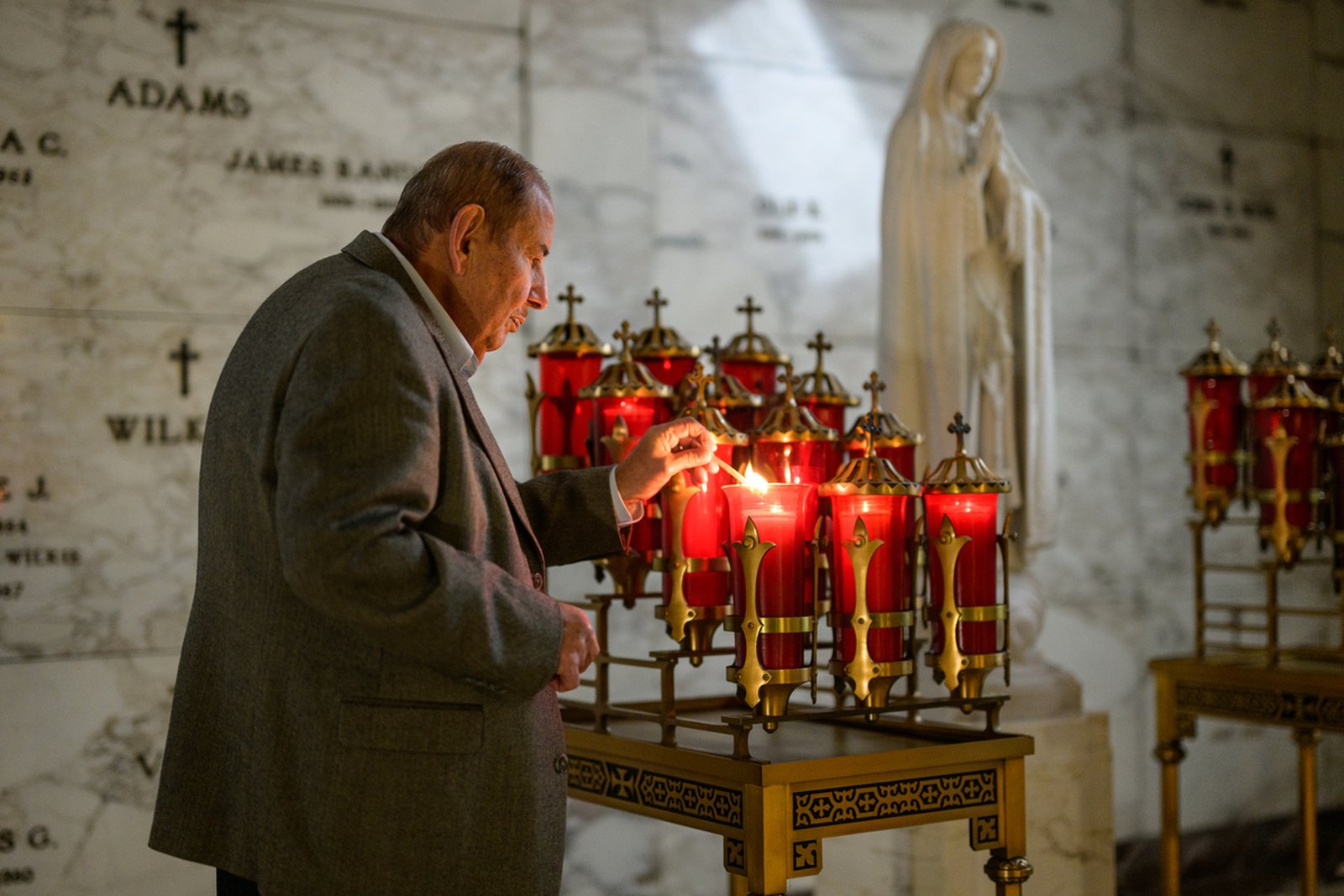
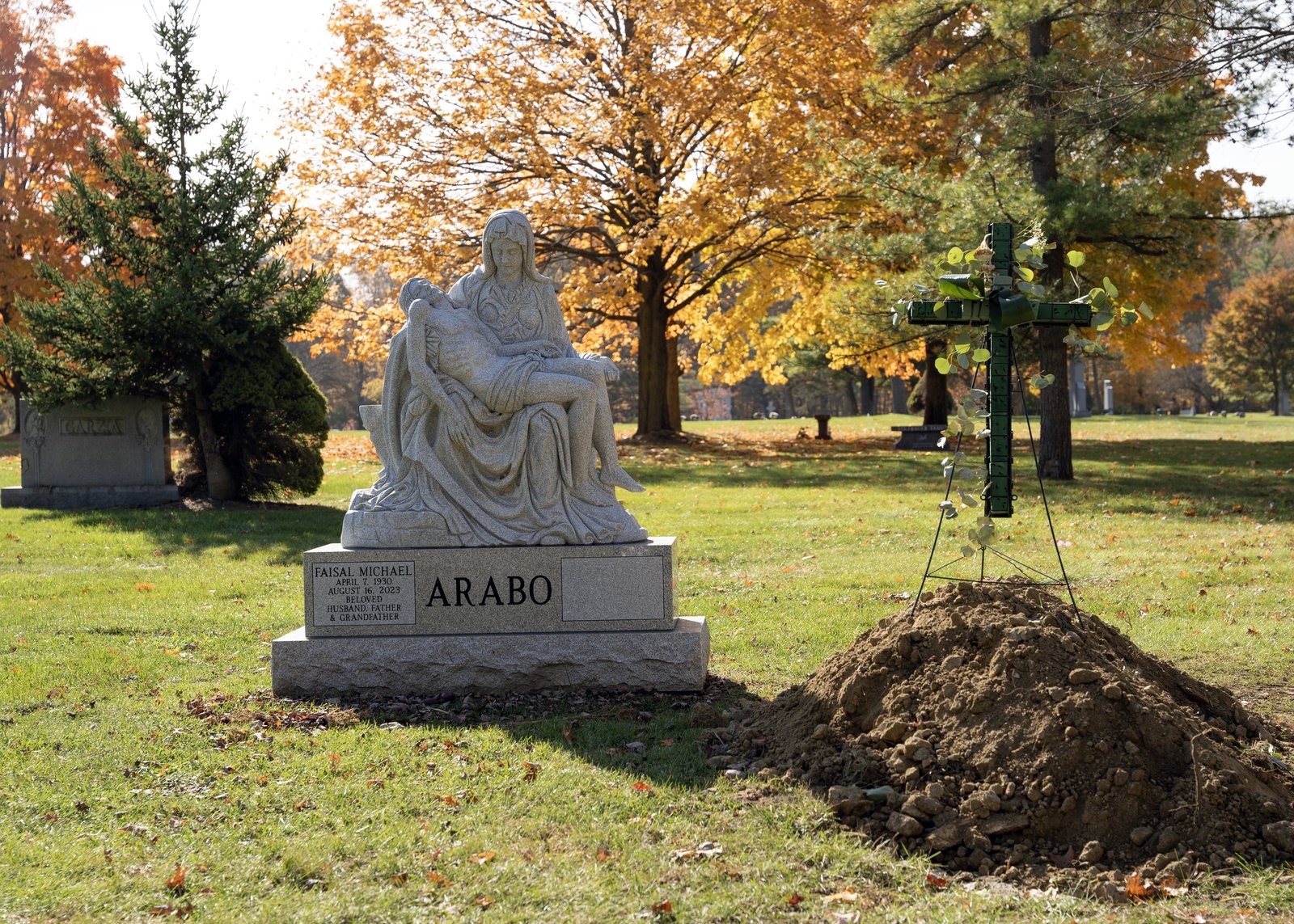
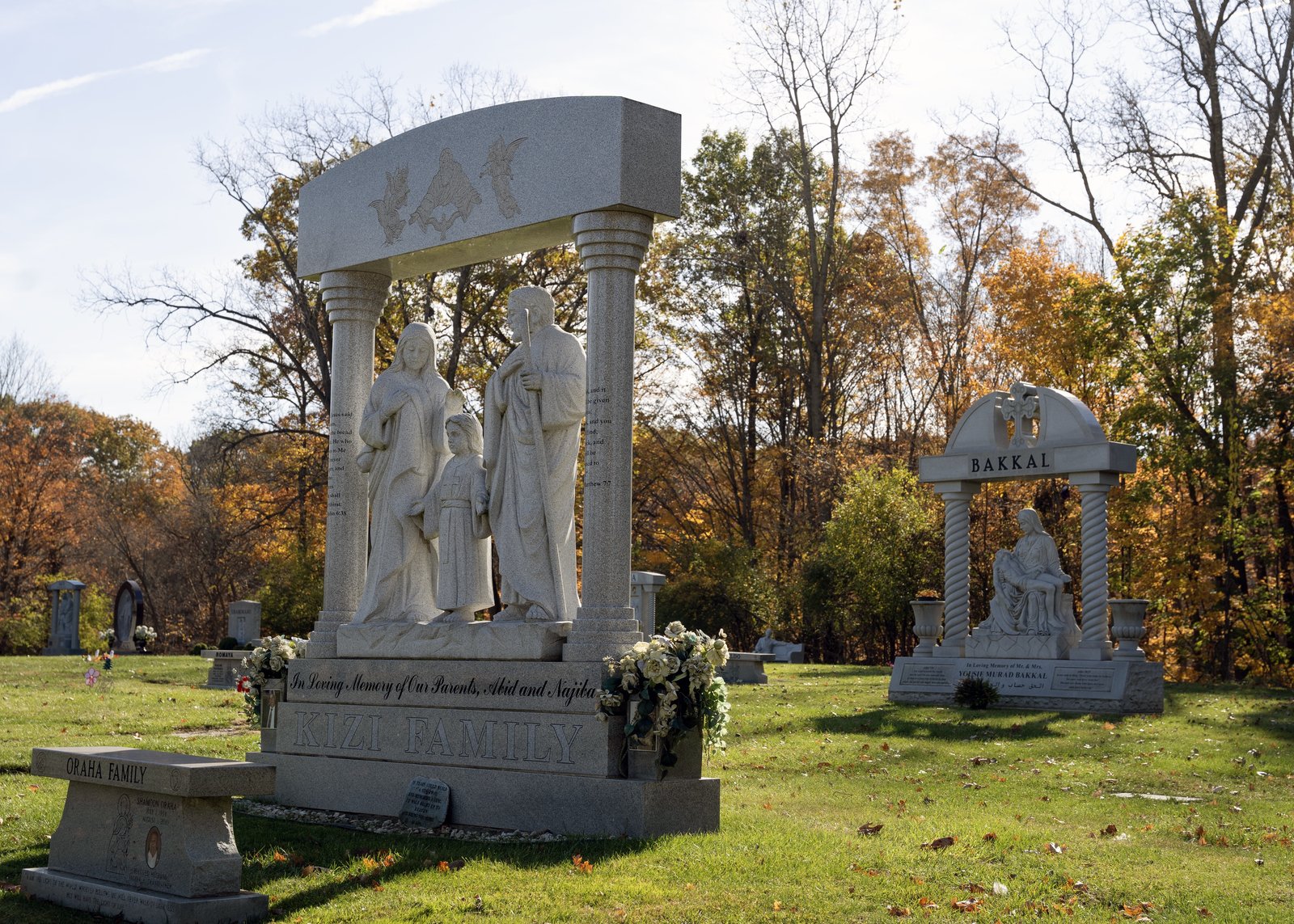
As the largest of the six, Holy Sepulchre’s grounds are the final resting place of the majority of Detroit’s bishops, as well as other locally notable people, such as former Detroit Tigers owners Mike Illitch and Frank Navin, former Michigan governor Harry Francis Kelly, and countless clergy and religious.
The variety of headstones, ranging from flush markers to grand mausoleums and obelisks to the more recently installed glass display niches for urns and mementos, tracks the history of how Catholics in southeast Michigan have chosen to memorialize the deceased.
The earliest tombstones at Holy Sepulchre are mostly flush to the ground (whereas cemeteries dating back to the 1800s tend to have more upright markers).
Amy Elliott Bragg, director of education and communications at the Historic Elmwood Cemetery & Foundation, a non-denominational cemetery that has operated in Detroit since 1846, said headstones often reflect changing trends in art, fashion, architecture and even cultural ideas and norms surrounding death.
“There are macro trends that you can see at Elmwood Cemetery, for example, and also micro-trends,” Elliot Bragg explained.

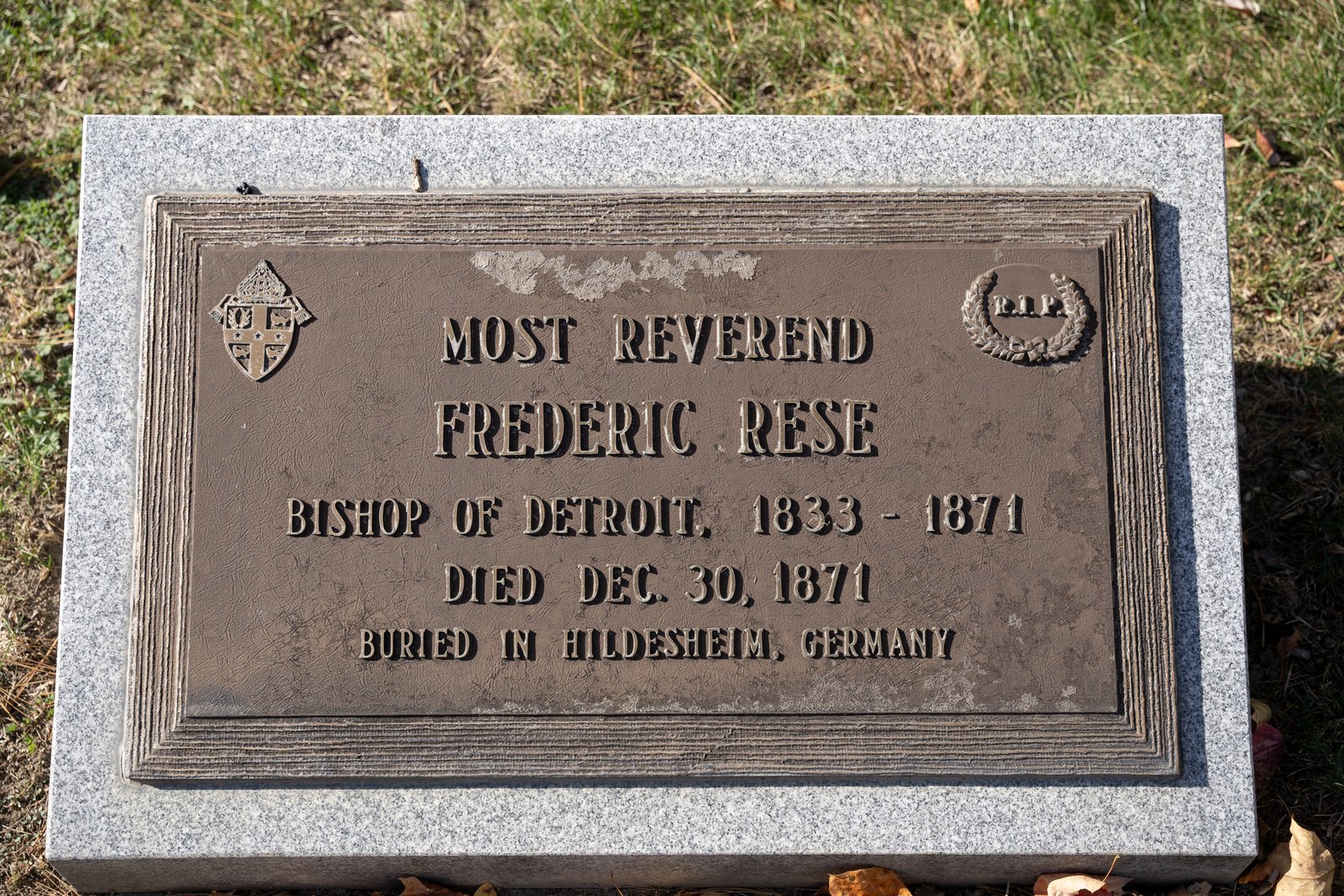
Historical movements, such as the Egyptian Revival in the 1920s and times of leaner means, such as the Great Depression and wartime, influence styles and the grandeur of monuments, Elliott Bragg said.
Vaghy added cultural backgrounds play a huge role in determining how people choose to be memorialized.
“One of the sections is part of our very large Chaldean population, very proud Catholics, important members of our community here, where memorialization for them is in the form of monuments and uprights,” Vaghy explained. “You definitely get the personality of the deceased or the family that is designing it because obviously, being a Catholic cemetery, you are building monuments that are both a testament to the person but also very religious.”
The monuments mostly consist of statues of Mary, the Holy Family and angels, but also include other images, such as the bronze tigers guarding Tigers owner Navin’s mausoleum.
People make statements of individuality with their headstone choices, even through elements such as stone color or font, and often through quotes or images, Vaghy said.
Elliot Bragg said while she sees many symbols, from someone’s favorite food to a symbol of their career, a majority of headstone symbols are religious in nature.
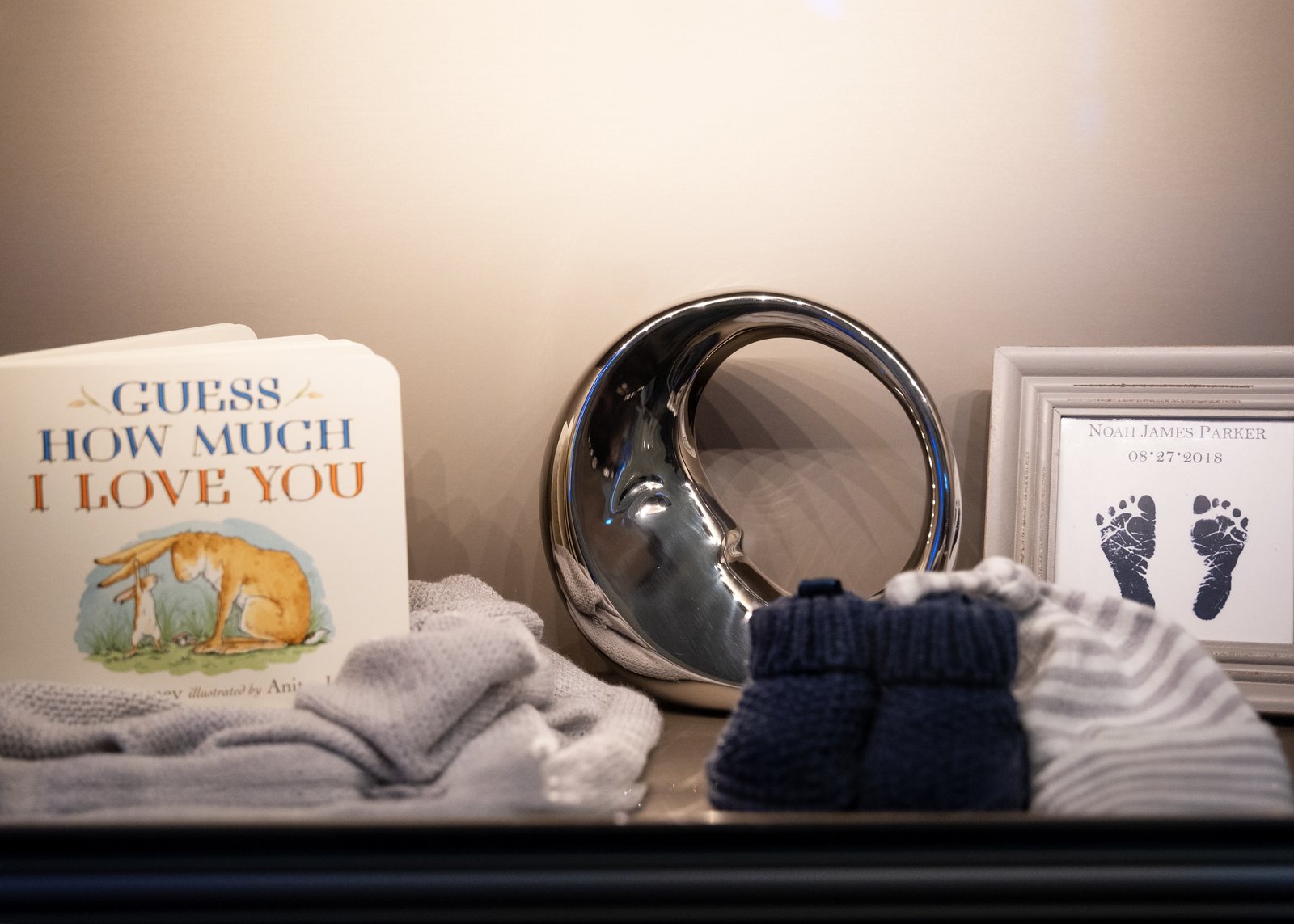
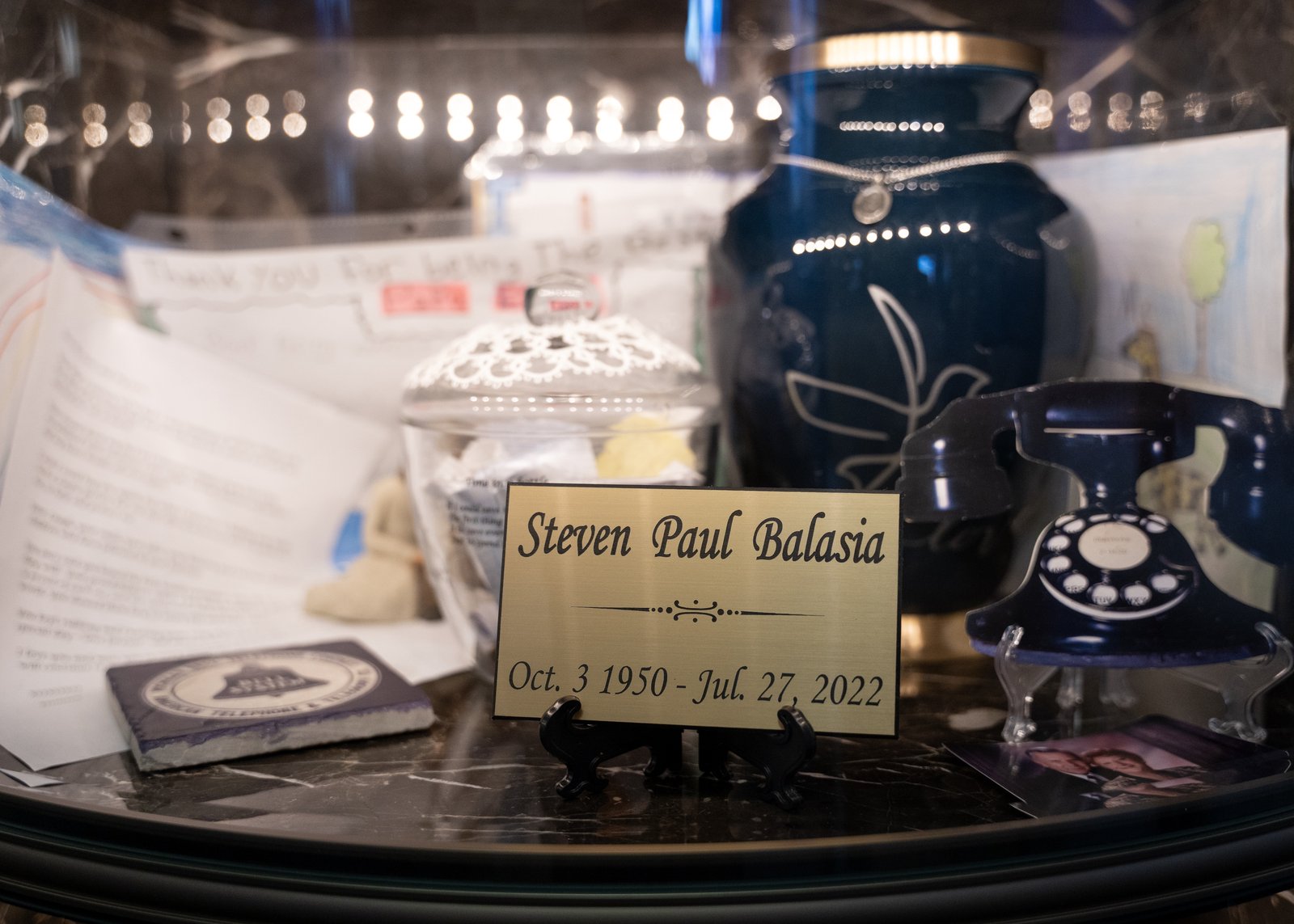
“There is always an element of religiosity running through memorial art and design, and it is not universal, but (often) there is something as overt as a cross on the monument, or a Bible verse," Elliot Bragg said. "There is also a sort of symbolism. The Victorians loved putting lots of little designs on the gravestone that would suggest to the person looking at it that they were a person of faith. (For example), a symbol like an anchor, which can be both a symbol of hope but also a cross in disguise or a suggestion of anchoring yourself to Jesus.”
Humans have been marking graves since prehistoric times, Elliot Bragg noted, even with something as simple as a rock or a stone. However, recently, more and more people have chosen to cremate their loved ones, explained Deanna Cortese, outreach director for Catholic Funeral and Cemetery Services.
Cremation rates have steadily risen since the Second Vatican Council in 1963 made the practice permissible. In 2016, the Vatican Dicastery for the Doctrine of the Faith offered further guidance for this practice to address the growing number of people who wanted to hold onto the ashes of deceased loved ones or scatter them.
In 2018, Detroit Archbishop Allen H. Vigneron released a pastoral note on the topic of Christian burial, "An Act of Mercy and Faith," a follow-up to his 2013 pastoral letter, "In Union with Christ's Dying and Rising." In response to the archbishop's 2013 letter, Catholic Funeral and Cemetery Services began an initiative encouraging families with cremated remains of loved ones at home to bring them to a Catholic cemetery to be buried at no cost. Since then, the initiative, called "Gather Them Home," has interred more than 8,000 cremated remains.
While cremation is generally less costly than a traditional full-body burial, Cortese and Vaghy noted that new trends have emerged surrounding cremated remains. Catholic tradition teaches that remains "must always be treated with the same respect the Church accords to the bodies of the deceased, and this includes their reverent disposition in a cemetery," Archbishop Vigneron wrote in 2013.
“The requirements are that once you are laid to rest, you are laid to rest, and it is not disturbed,” Vaghy explained.
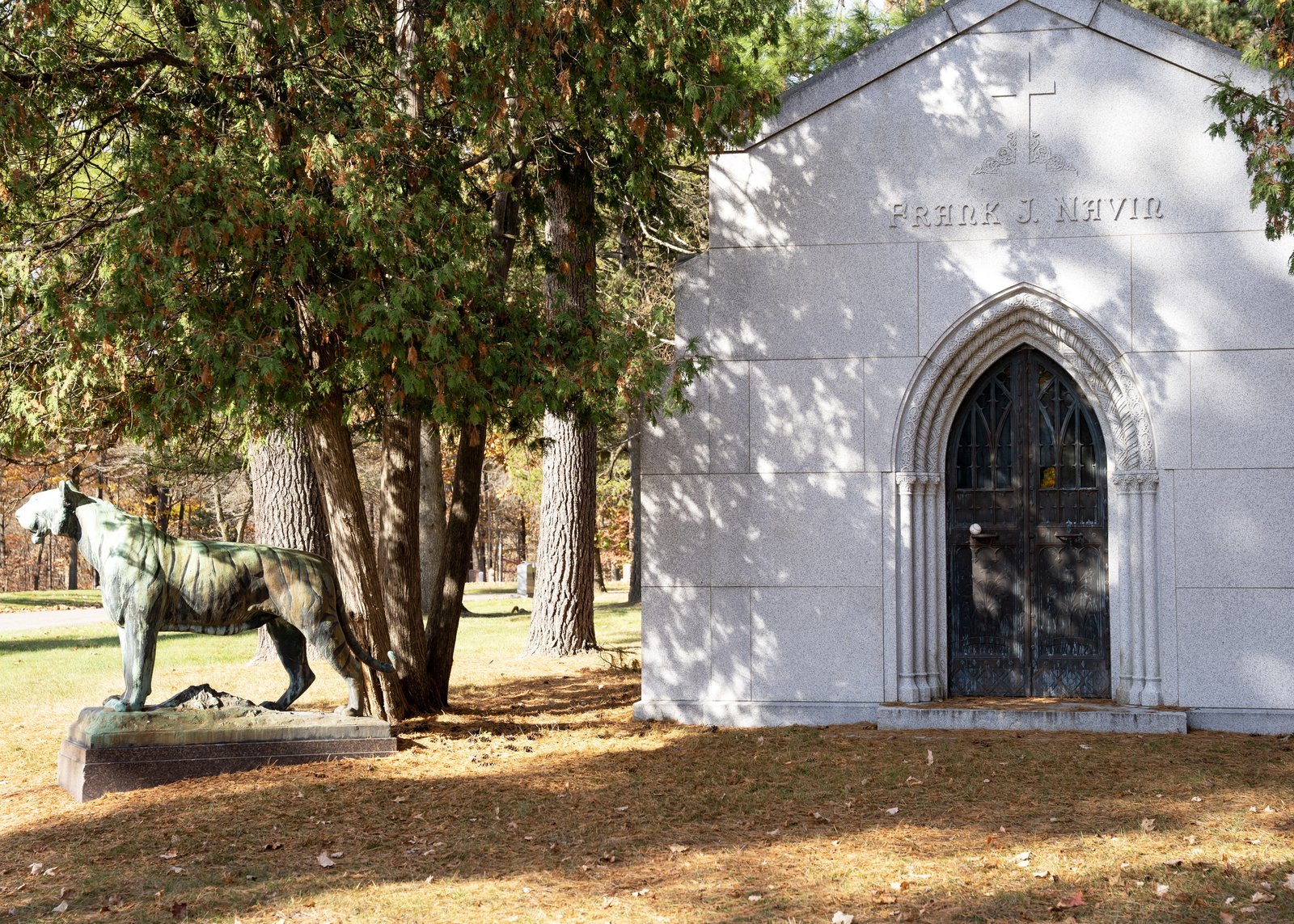
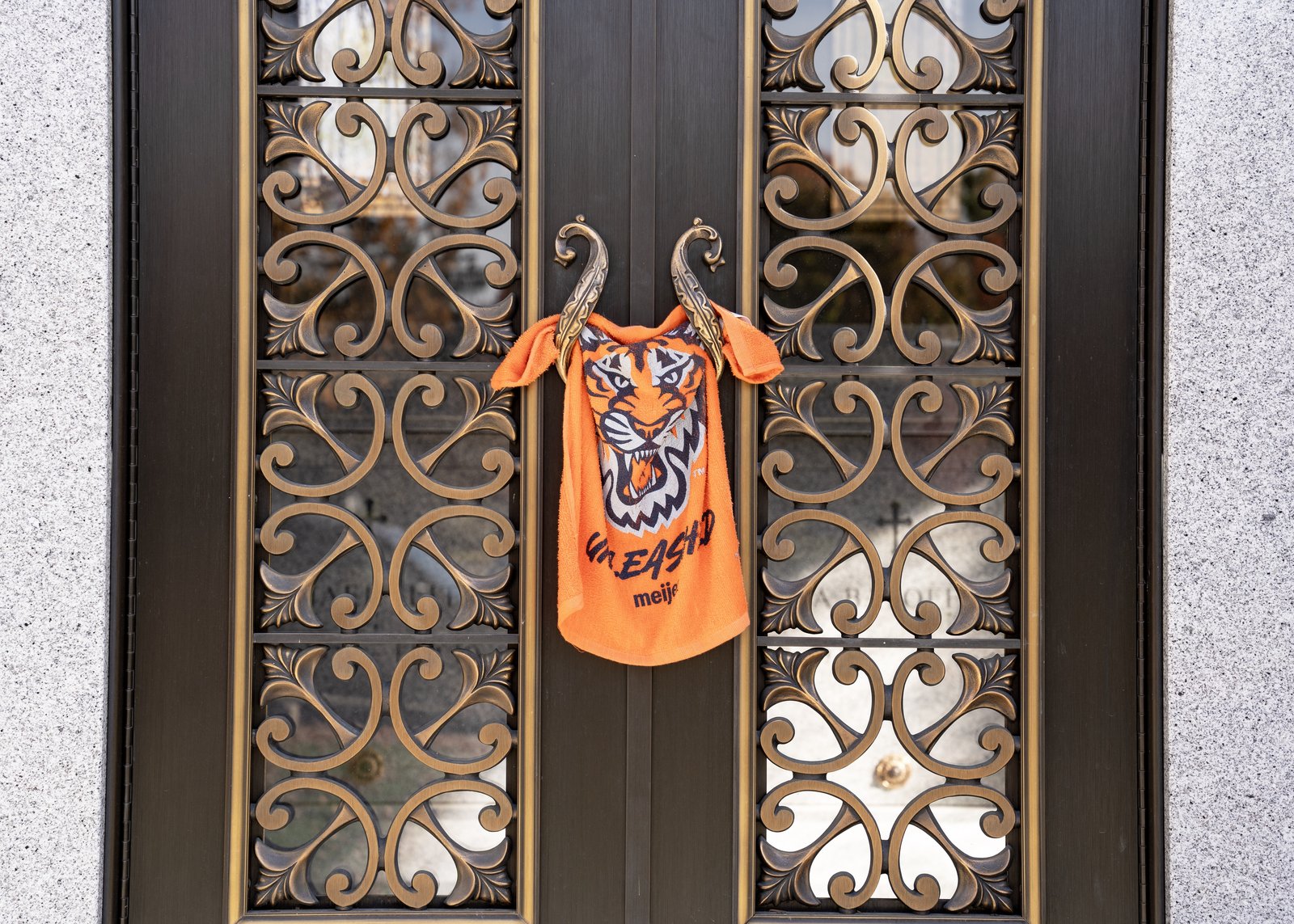
Most recently, Holy Sepulchre has added new Our Lady of Lourdes glass-front niches in its St. John Paul II Mausoleum. These illuminated niches can be used to showcase mementos and create a lasting tribute to the deceased. Each display tells a story and presents like a time capsule: a beloved grandmother who loved to golf, a couple married for 60 years, a grandfather who worked for Michigan Bell Telephone Co., and an infant gone too soon.
“Monuments and markers are amazing, as they are big pieces of granite that you can shape into your testament, but here you can take the monuments and markers out of it and really bring in the family dynamic,” Vaughy said of the niches.
The various ways that people choose to memorialize their loved ones remind us that cemeteries are for the living, Cortese added.
“Grief is such a journey for people, and it never ends,” Cortese said. “One of the ladies I used to work with here used to say you never get over it; you just learn to move through it because it is always there. So if that brings a family comfort knowing mom has got her favorite hat next to her, that is part of their grief that day.”
From the perspective of historic preservation, it is important to know where people are buried, Elliot Bragg said, but headstones also are a reminder of a life lived.
“(Headstones) help me make a personal connection to somebody who is no longer here, but lived a life that I might want to remember and that members of our community might want to remember,” Elliot Bragg said. “Even just a simple placing of a stone or rock over the place where someone is buried indicates that a life was lived and that their absence is noticed. That is a very simple expression that goes back to this very human urge that we all have when somebody dies.”
Copy Permalink
Funerals and cemeteries


